In today’s rapidly changing world, the resilience of seed systems is becoming increasingly important. As climate change, pests, diseases, and other stress factors continue to threaten agricultural production, making seed systems more resilient is crucial for ensuring food security and sustainable development.
Resilience refers to the ability of a system to withstand and recover from shocks and stresses. In the context of seed systems, resilience means developing strategies and practices that enable farmers to adapt to changing conditions and ensure the availability of quality seeds.
One key strategy for making seed systems more resilient is diversification. By promoting the use of diverse seed varieties, farmers can reduce their vulnerability to specific stresses, such as diseases or pests that target a particular crop. Diversification also enhances the adaptability of seed systems to changing climatic conditions, as different varieties may have different tolerance levels to heat, drought, or excessive rainfall.
Another important aspect of building resilient seed systems is the conservation and utilization of local seed varieties. Local varieties are often well adapted to the local environment and have developed resistance to common pests and diseases. By preserving and promoting the use of local seeds, farmers can maintain a diverse pool of genetic resources and ensure the availability of seeds that are well-suited to the local conditions.
Understanding the Importance of Resilient Seed Systems
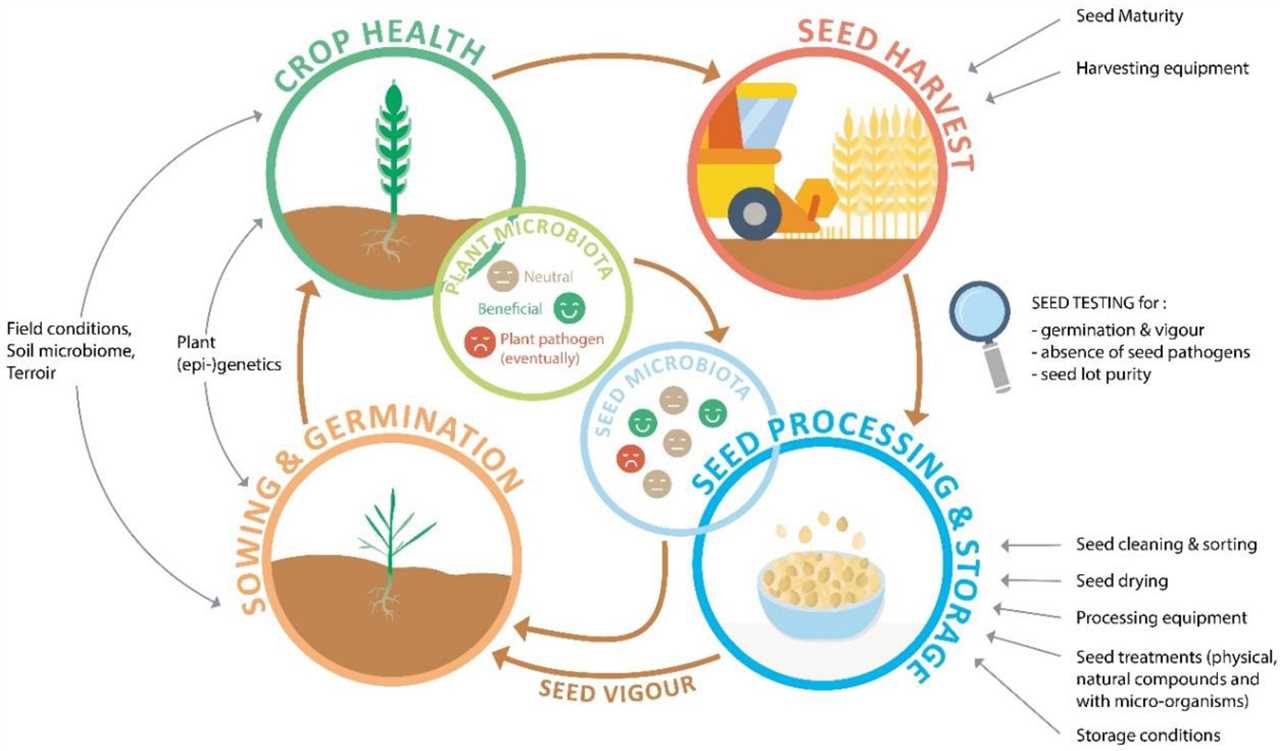
In making seed systems more resilient to stress, it is crucial to understand the importance of resilient seed systems. Resilient seed systems play a critical role in ensuring food security and agricultural sustainability. These systems are designed to withstand and recover from various stresses, such as climate change, pests, diseases, and market fluctuations.
A resilient seed system is characterized by its ability to adapt and evolve in response to changing conditions. It involves the conservation, production, and distribution of diverse and high-quality seeds that are well-suited to local agroecological conditions. By promoting the use of diverse seed varieties, resilient seed systems enhance the resilience of crops to stressors, reducing the risk of crop failure and ensuring a stable food supply.
Resilient seed systems also contribute to the conservation of plant genetic resources. By maintaining a diverse pool of seed varieties, these systems safeguard the genetic diversity necessary for breeding new crop varieties with improved traits, such as disease resistance or tolerance to drought. This genetic diversity is essential for adapting agriculture to the challenges posed by climate change and other stressors.
Furthermore, resilient seed systems empower farmers by giving them greater control over their seed supply. They promote the use of farmer-managed seed systems, where farmers save, exchange, and improve their own seeds. This not only reduces dependence on external inputs but also strengthens local knowledge and traditional farming practices.
In conclusion, understanding the importance of resilient seed systems is crucial in making seed systems more resilient to stress. These systems contribute to food security, agricultural sustainability, genetic diversity, and farmer empowerment. By investing in resilient seed systems, we can enhance the resilience of our agricultural systems and ensure a more sustainable future for all.
The Impact of Stress on Seed Systems
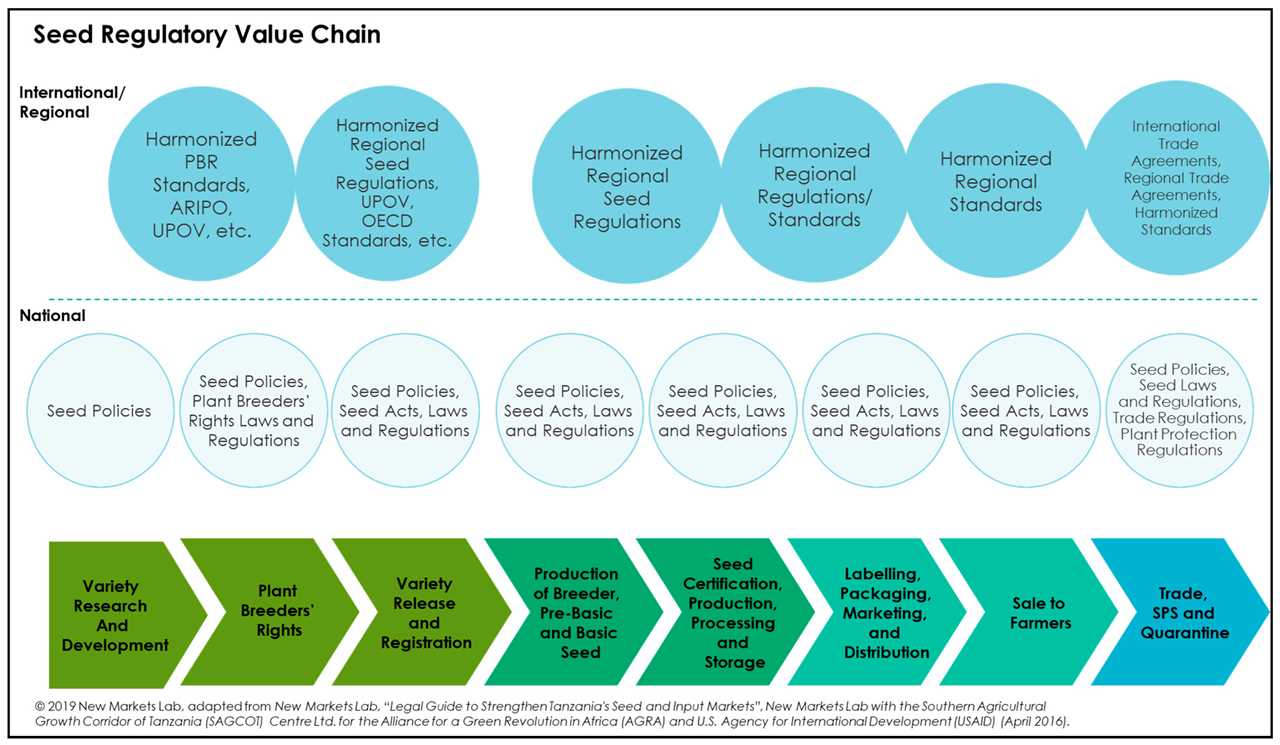
Stress can have a significant impact on seed systems, affecting their resilience and ability to cope with adverse conditions. Seed systems play a critical role in ensuring food security and agricultural productivity, as they provide farmers with the necessary seeds to grow crops.
When seed systems are exposed to stress, such as drought, disease, or climate change, their ability to produce high-quality seeds can be compromised. Stressors can affect seed quality, viability, and germination rates, resulting in reduced crop yields and poor agricultural performance.
One of the key challenges for seed systems is to become more resilient to stress. This requires the development of strategies and interventions that can help mitigate the negative effects of stress on seed production and distribution.
One strategy is to diversify seed sources and varieties. By cultivating a wide range of seed varieties, farmers can increase their chances of finding seeds that are better adapted to stressful conditions. This can help ensure that even if some varieties fail, others will thrive and produce a successful harvest.
Another strategy is to invest in seed quality assurance programs. These programs can help ensure that seeds meet high-quality standards and are free from diseases and pests. By implementing rigorous quality control measures, seed systems can minimize the risk of introducing stressors into the agricultural ecosystem.
Furthermore, seed systems can benefit from the use of innovative technologies and approaches. For example, the use of precision agriculture techniques and digital tools can help optimize seed production and distribution processes, making them more efficient and less susceptible to stress.
In conclusion, stress can have a profound impact on seed systems, threatening their resilience and ability to provide farmers with high-quality seeds. However, by implementing strategies such as diversifying seed sources, investing in quality assurance programs, and adopting innovative technologies, seed systems can become more resilient and better equipped to cope with stressors.
Strategies for Building Resilient Seed Systems
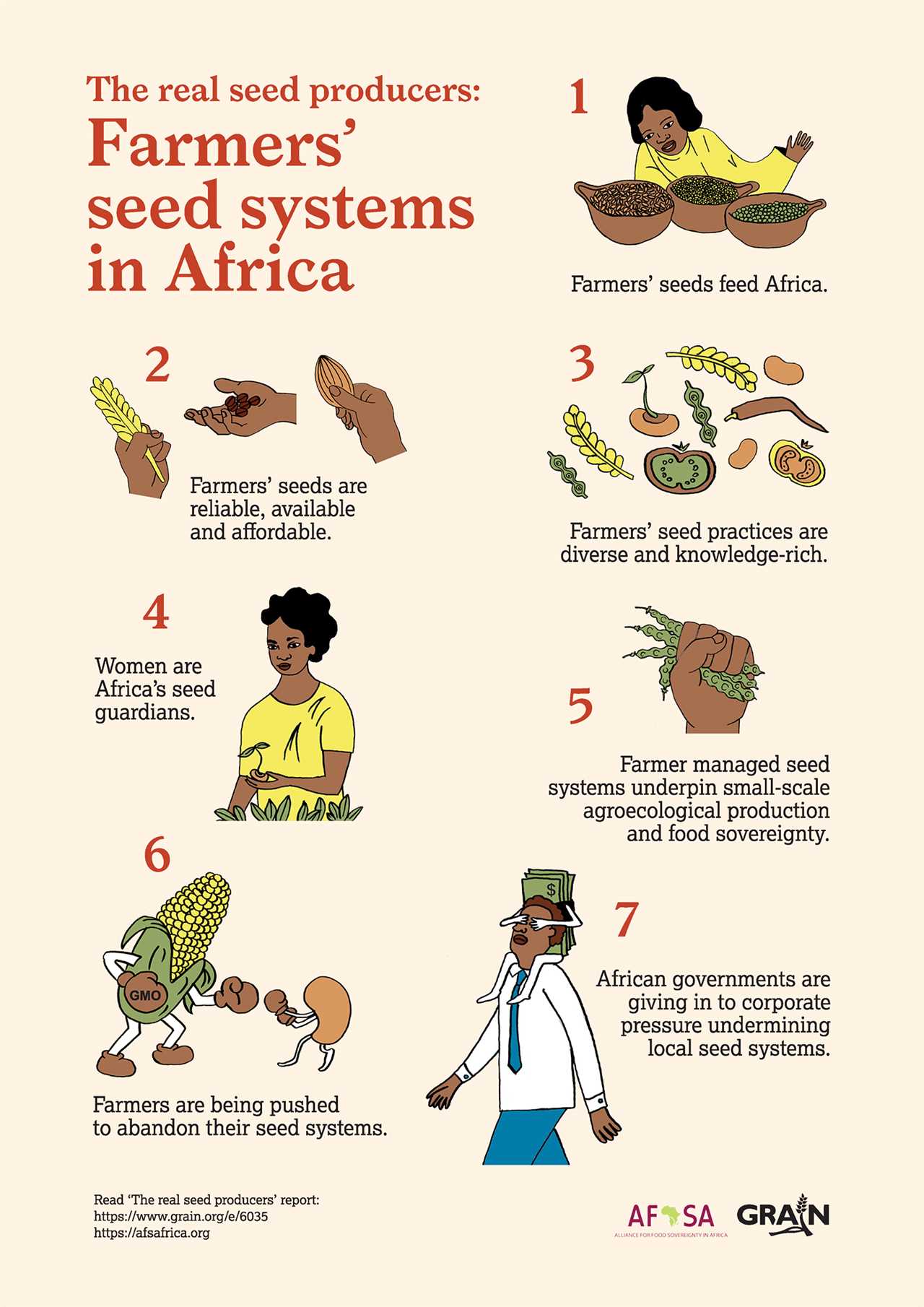
Making seed systems more resilient to stress is crucial for ensuring food security and sustainable agriculture. Here are some strategies that can help in building resilient seed systems:
- Diversify seed sources: By diversifying the sources of seeds, farmers can reduce their dependency on a single variety or type of seed. This can help in mitigating the risks associated with climate change, pests, and diseases.
- Support local seed saving: Encouraging farmers to save and exchange seeds locally can help in preserving traditional and locally adapted seed varieties. This can enhance the resilience of seed systems by maintaining a diverse pool of genetic resources.
- Invest in research and development: Investing in research and development of improved seed varieties that are resilient to stress can contribute to building resilient seed systems. This can involve breeding for traits such as drought tolerance, disease resistance, and adaptability to changing climatic conditions.
- Strengthen seed quality control: Ensuring the quality of seeds is essential for building resilient seed systems. Implementing quality control measures, such as seed testing, certification, and labeling, can help in maintaining the integrity and performance of seeds.
- Promote farmer education and training: Providing farmers with education and training on seed production, storage, and management can enhance their capacity to deal with stressors. This can empower farmers to make informed decisions and adopt best practices for seed systems resilience.
- Facilitate access to credit and markets: Access to credit and markets is crucial for farmers to invest in resilient seed systems. Providing financial support and creating market linkages can enable farmers to access quality seeds, inputs, and technologies.
By implementing these strategies, stakeholders can work towards building seed systems that are more resilient to stress, ensuring the availability of quality seeds for sustainable agriculture and food security.
Diversification of Seed Sources
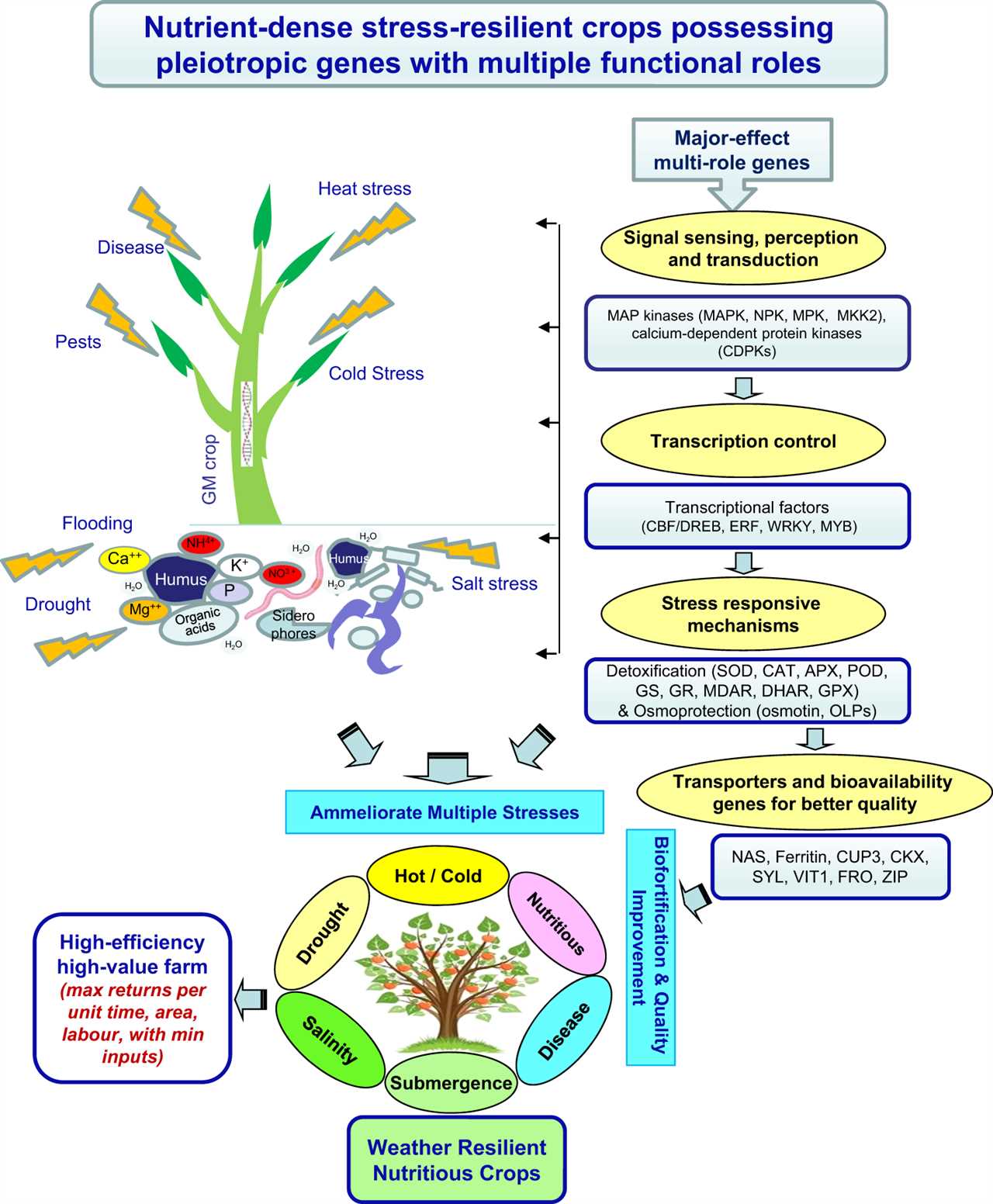
In making seed systems more resilient to stress, one effective strategy is the diversification of seed sources. By expanding the range of seed suppliers and varieties, farmers can reduce their reliance on a single source and increase their chances of obtaining high-quality seeds.
When farmers rely on a single seed source, they are vulnerable to various risks, such as crop failure due to disease or environmental conditions. Diversifying seed sources allows farmers to access a wider range of genetic diversity, which can help them adapt to changing conditions and increase their chances of success.
One way to diversify seed sources is by promoting the use of local seed varieties. Local varieties are often well-adapted to the local environment and have developed resistance to local pests and diseases. By supporting the use of local varieties, farmers can contribute to the preservation of traditional knowledge and enhance the resilience of their seed systems.
In addition to local varieties, farmers can also explore other sources of seeds, such as community seed banks, seed exchanges, and certified seed producers. These alternative sources provide farmers with access to a wider range of seed varieties and can help them find seeds that are better suited to their specific needs and conditions.
Furthermore, the diversification of seed sources can also contribute to the conservation of genetic diversity. By promoting the use of a wide range of seed varieties, farmers can help maintain the genetic resources necessary for future crop improvement and adaptation.
| Benefits of Diversification of Seed Sources: |
|---|
| Reduced risk of crop failure |
| Access to a wider range of genetic diversity |
| Enhanced adaptation to changing conditions |
| Preservation of traditional knowledge |
| Increased chances of finding suitable seeds |
| Contribution to the conservation of genetic diversity |
Investing in Research and Development
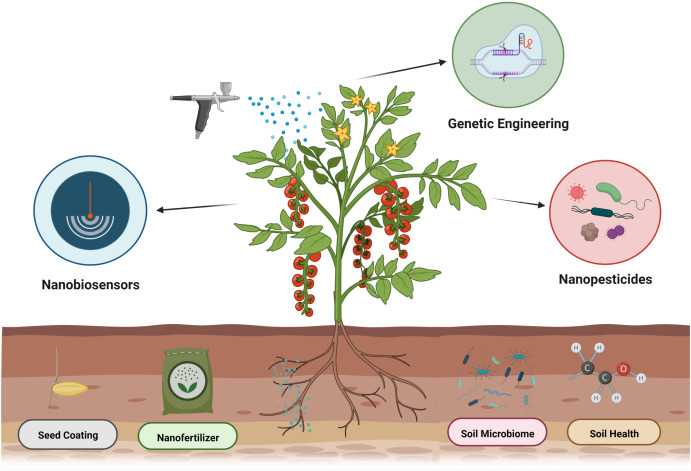
Investing in research and development is crucial for making seed systems more resilient to stress. By dedicating resources to studying and improving seed production, storage, and distribution, we can ensure that seeds are better equipped to withstand various challenges.
Research and development efforts can focus on enhancing the genetic traits of seeds, making them more resistant to pests, diseases, and adverse environmental conditions. This can be achieved through selective breeding or genetic engineering techniques.
Additionally, investing in research and development can help identify and develop new seed varieties that are better suited to specific regions or climates. This can lead to increased crop yields and improved food security.
Furthermore, research and development can contribute to the development of innovative seed production and storage techniques. This includes exploring new methods of seed preservation, such as cryopreservation or desiccation, to extend their shelf life and maintain their viability.
Investing in research and development also involves supporting scientific institutions, universities, and agricultural research centers. These institutions play a crucial role in conducting research, providing training, and disseminating knowledge to farmers and seed producers.
In conclusion, investing in research and development is essential for making seed systems more resilient. By continually improving our understanding of seeds and investing in innovative techniques, we can ensure that seeds remain a reliable source of food and income for farmers, even in the face of various stresses.
Strengthening Seed Storage and Distribution Infrastructure
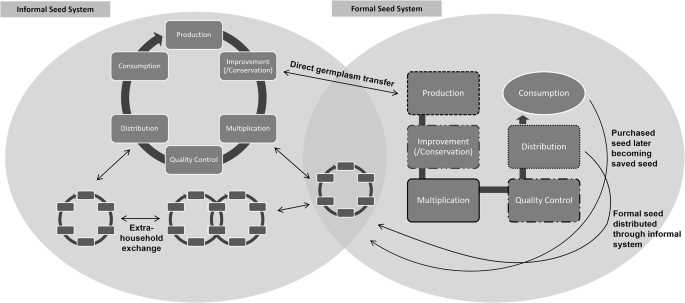
One of the key strategies for making seed systems more resilient to stress is by strengthening the seed storage and distribution infrastructure. This is essential to ensure that high-quality seeds are available to farmers when they need them, especially during times of crisis or environmental challenges.
A resilient seed storage infrastructure involves the establishment of well-equipped and properly maintained seed banks and warehouses. These facilities should have the necessary capacity to store and preserve a wide range of seed varieties, ensuring their viability and quality over an extended period of time.
Furthermore, the distribution infrastructure should be robust and efficient, enabling the timely and reliable delivery of seeds to farmers. This includes establishing a well-organized supply chain that connects seed producers, distributors, and end-users. It is important to have proper transportation and storage facilities in place to prevent seed damage or deterioration during transit.
Investing in the strengthening of seed storage and distribution infrastructure is crucial for ensuring the availability of high-quality seeds, even in challenging times. It helps to mitigate the risks associated with seed shortages, ensuring that farmers have access to the seeds they need to sustain their agricultural activities and livelihoods.
| Benefits of Strengthening Seed Storage and Distribution Infrastructure |
|---|
| 1. Improved seed quality and viability |
| 2. Timely availability of seeds to farmers |
| 3. Reduced risk of seed shortages |
| 4. Enhanced agricultural productivity and resilience |
| 5. Increased food security and income generation |
In conclusion, strengthening seed storage and distribution infrastructure plays a crucial role in making seed systems more resilient to stress. By investing in well-equipped storage facilities and efficient distribution networks, we can ensure the availability of high-quality seeds to farmers, even in challenging times. This ultimately contributes to improving agricultural productivity, food security, and the resilience of farming communities.
Success Stories: Examples of Resilient Seed Systems
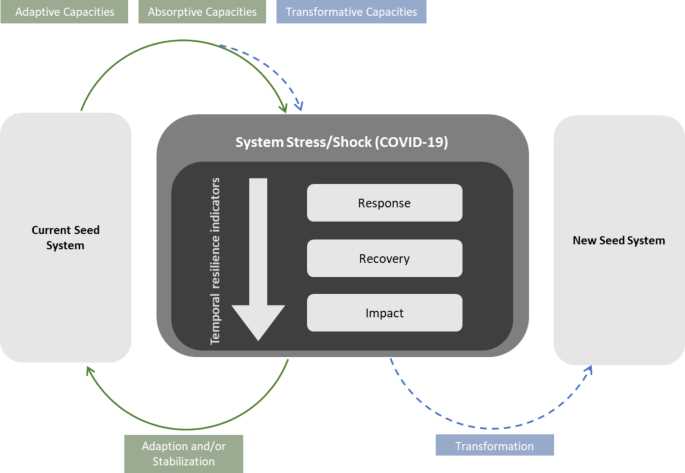
When it comes to making seed systems more resilient to stress, there are several success stories that serve as great examples. These stories highlight the strategies and approaches that have been implemented to strengthen seed systems and ensure their ability to withstand various challenges.
- Community Seed Banks: One successful approach is the establishment of community seed banks. These banks serve as local repositories of diverse seed varieties and play a crucial role in preserving and exchanging seeds. By involving local communities in seed conservation and management, these seed banks contribute to the resilience of seed systems.
- Farmer-to-Farmer Networks: Another effective strategy is the promotion of farmer-to-farmer networks. These networks facilitate the exchange of seeds, knowledge, and best practices among farmers. By enabling farmers to learn from each other and access a wider range of seed varieties, these networks enhance the resilience of seed systems.
- Diversification of Seed Sources: A key aspect of resilient seed systems is the diversification of seed sources. By relying on a variety of seed sources, such as local markets, seed fairs, and community seed banks, farmers can reduce their dependence on a single source and mitigate the risk of seed scarcity or failure.
- Capacity Building: Building the capacity of farmers and seed producers is crucial for the resilience of seed systems. Providing training and technical assistance on seed production, storage, and management equips farmers with the knowledge and skills needed to adapt to changing conditions and overcome challenges.
These success stories demonstrate that by implementing strategies such as community seed banks, farmer-to-farmer networks, diversification of seed sources, and capacity building, seed systems can become more resilient to stress. By adopting these approaches, stakeholders can contribute to the long-term sustainability and security of seed systems worldwide.
The Community Seed Bank Initiative
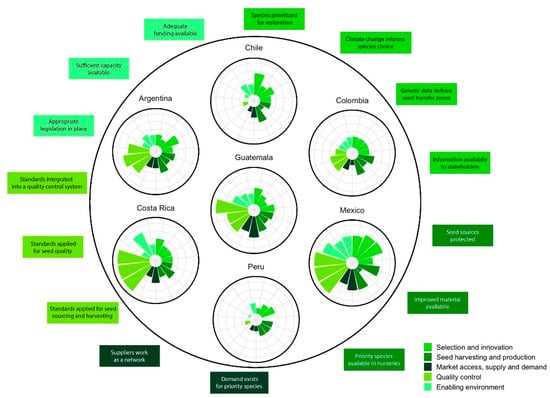
One strategy for making seed systems more resilient to stress is the establishment of community seed banks. These seed banks serve as repositories for a variety of seeds, ensuring that a diverse range of crops is available to farmers, even in times of crisis or environmental challenges.
The community seed bank initiative involves the active participation of local communities in the collection, conservation, and exchange of seeds. Farmers are encouraged to save and store their own seeds, contributing to the seed bank and ensuring the availability of locally adapted varieties.
By promoting seed saving and exchange, the community seed bank initiative not only enhances the resilience of seed systems but also fosters community empowerment and self-reliance. Farmers gain control over their seed supply, reducing their dependence on external sources and commercial seed companies.
Furthermore, the community seed bank initiative promotes biodiversity and the conservation of traditional crop varieties. By preserving and exchanging local seeds, farmers maintain genetic diversity, which is essential for adapting to changing environmental conditions and pests.
In times of stress, such as droughts or disease outbreaks, the community seed bank provides farmers with access to a wide range of seeds that are adapted to local conditions. This helps farmers recover more quickly and ensures food security for the community.
Overall, the community seed bank initiative is a powerful tool for making seed systems more resilient to stress. By involving local communities in seed conservation and exchange, it promotes self-sufficiency, biodiversity, and food security.

I am Patrina de Silva, a psychologist and mental health blogger in Sri Lanka. After obtaining psychology degrees from the University of Colombo and Monash University, I returned home to work as a counselor while also starting the popular blog “Pressy but Happy” to provide advice on psychological issues. Over the past decade, my empathetic articles have made my blog a leading mental health resource in the country. In addition to writing, I maintain a private therapy practice, frequently volunteer counseling time, and conduct seminars, driven by my passion for destigmatizing mental illness and educating the public on the mind-body connection. I strive to be an influential voice in my field through my compassionate approach.
